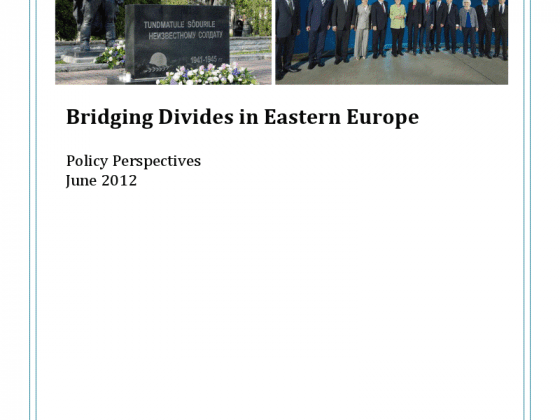The recent announcement by vice-premier Yuri Masliukov that Russia would produce 30-40 Topol-M (SS-27) single-warhead ICBMs annually put the finishing touches on Russia's defense policy under the conditions of economic crisis. This statement would have come as a surprise to anyone who expected that nuclear weapons production would be scaled down or even discontinued after August 1998. This seemingly paradoxical policy begs for an explanation.
The number of missiles itself is easy to rationalize. The rate of Topol (SS-25) production in the 1980s was, on average, 48 per year; the number announced by Masliukov will allow for replacement of missiles whose warranty periods are beginning to expire. Thirty to- forty is also the most cost effective rate of production. A somewhat lower figure around 20 (the rate of production in the mid-1990s) would have yielded no significant savings: for about the same money Russia would have obtained fewer missiles. A significantly lower rate, which could theoretically achieve noticeable savings, is impossible because the bedrock rate–the minimum at which the network of about 200 suppliers can be sustained–is 12-15 missiles per year. […]









